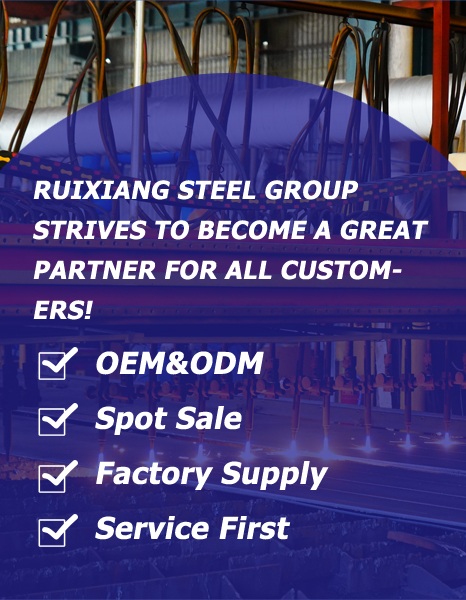How to Choose the Right Type of Steel Grating for Industrial Walkways
 Click:221Edit: Admin
Click:221Edit: Admin Time:2025-10-07 18:48:33
Time:2025-10-07 18:48:33
How to Choose the Right Type of Steel Grating for Industrial Walkways
Selecting the appropriate steel grating for industrial walkways is crucial for ensuring safety, durability, and cost-effectiveness in demanding environments. With various types available, understanding their distinct features and applications helps facility managers, engineers, and contractors make informed decisions. As a trusted supplier, Ruixiang Steel offers a comprehensive range of steel grating solutions tailored to diverse industrial needs.
Key Types of Steel Grating
Industrial walkways commonly utilize these steel grating types:
Pressed-Lock Grating
Formed by interlocking bearing bars and cross bars through press-fitting
Provides a secure, rigid connection without welding
Ideal for standard industrial applications with moderate load requirements
Cost-effective solution for general walkway use
Welded Steel Grating
Features bearing bars and cross bars welded at every intersection
Offers superior strength and load-bearing capacity
Suitable for heavy-duty applications and high-traffic areas
Provides excellent stability and durability
Riveted Grating
Uses mechanical rivets to connect bearing and cross bars
Maintains strength under extreme temperature variations
Commonly used in environments with vibration or thermal cycling
Offers reliable performance in challenging conditions
Selection Criteria for Industrial Walkways
Load Capacity Requirements
Determine anticipated loads including personnel, equipment, and materials
Consider dynamic loads from moving equipment or vehicles
Factor in safety margins as per industry standards (e.g., OSHA, ANSI)
Select grating with appropriate bearing bar spacing and thickness
Environmental Conditions
Assess exposure to moisture, chemicals, and temperature extremes
Choose galvanized steel for corrosion resistance in harsh environments
Consider stainless steel for highly corrosive or sanitary applications
Evaluate slip resistance requirements based on surface conditions
Safety Considerations
Select bar spacing appropriate for foot traffic and potential dropped objects
Ensure adequate slip resistance through serrated or grit-coated surfaces
Consider toe guards where needed for additional protection
Verify compliance with local safety regulations and standards
Maintenance and Accessibility
Choose designs that allow easy cleaning and debris passage
Consider removable sections for equipment access
Select coatings that minimize maintenance requirements
Evaluate installation methods for future accessibility
Ruixiang Steel's Expert Guidance
We help clients select optimal grating solutions by:
Analyzing specific application requirements and environmental factors
Providing technical specifications and load capacity data
Offering custom fabrication for unique project needs
Ensuring compliance with relevant industry standards
Conclusion
Choosing the right steel grating for industrial walkways involves careful consideration of load requirements, environmental conditions, safety needs, and maintenance factors. By understanding the different grating types and their applications, industrial facilities can ensure safe, durable, and efficient walkway systems. Ruixiang Steel supports these decisions with quality products and technical expertise, helping clients create optimal industrial walking surfaces that meet both operational and safety objectives.
 Click:221Edit: Admin
Click:221Edit: Admin Time:2025-10-07 18:48:33
Time:2025-10-07 18:48:33

